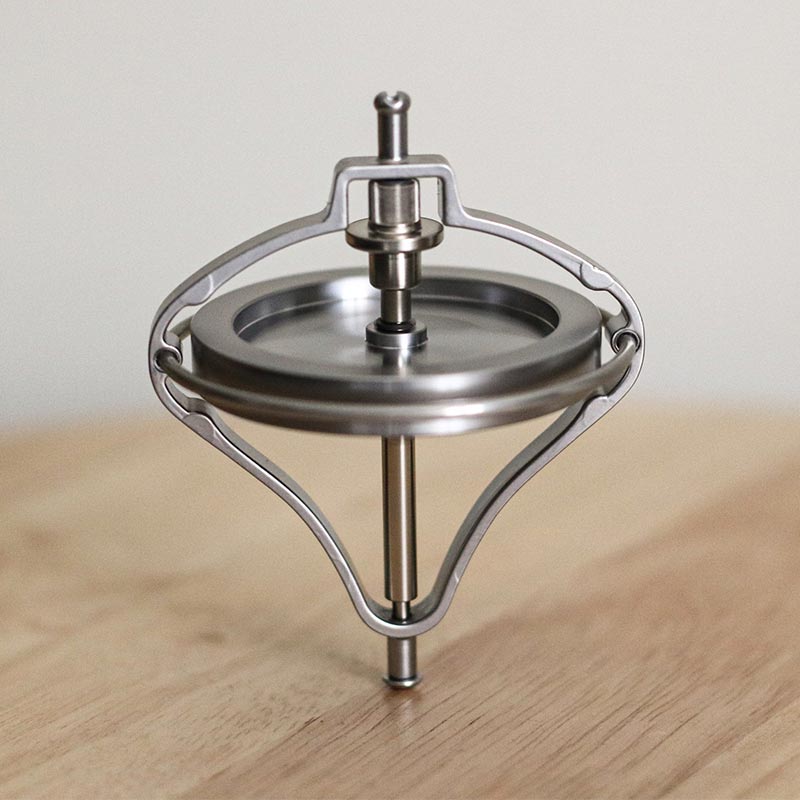The gyroscope is a fascinating device that has revolutionized modern technology. From aviation to underwater navigation to smartphones, the gyroscope is a key component of many systems. In this article, we take an in-depth look at the gyroscope, how it works, its history and its many applications.
Who invented the gyroscope?
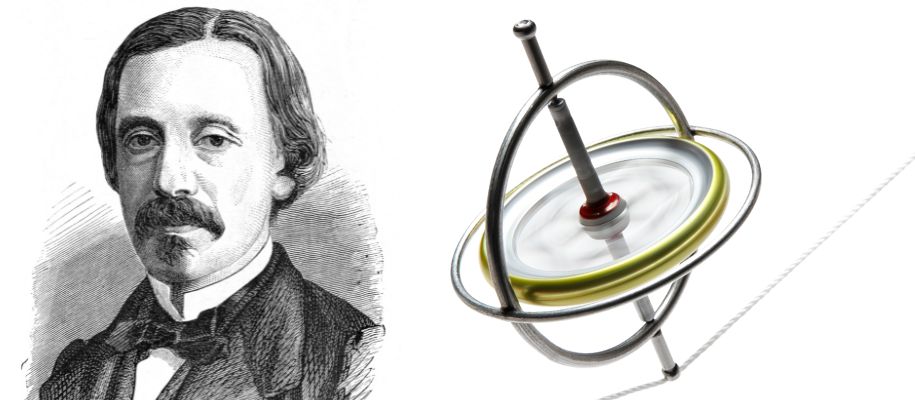
The gyroscope was invented and named in 1852 by French physicist Léon Foucault. He designed the device to demonstrate the Earth’s rotation, a phenomenon he had already demonstrated with Foucault’s pendulum. Foucault’s gyroscope was capable of maintaining a rapid and sustained rotation, enabling observable measurements to be made. This invention marked a turning point in our understanding of the fundamental principles of physics and paved the way for numerous technological innovations.
How the gyroscope works

The gyroscope works on the principle of conservation of angular momentum in physics, also known as gyroscopic stability or the gyroscopic effect. It is a valuable tool for understanding and exploiting the principles of rotation, inertia and angular momentum. The heart of the device is a wheel or other properly balanced object that rotates on an axis. Once launched, it resists changes in its orientation. It is the conservation of angular momentum that opposes this movement. This principle may seem complex, but it is in fact the basis for many of the phenomena we observe in our everyday lives.
How a gyroscope is made
The manufacture of a gyroscope requires technical precision and expertise. It consists of a wheel or disc that rotates rapidly around an axis. The axis itself is mounted so that it can rotate freely in at least one direction. As the wheel rotates, it retains its spatial orientation and resists any force that attempts to rotate it. The manufacture of a gyroscope is a delicate process that requires great precision to ensure that the wheel is perfectly balanced and that the axis is correctly mounted.
What is a gyroscope made of?
A gyroscope is generally made up of three main components:
- a wheel or disc,
- a set of dials
- and a support.
The wheel, which is the central element of the gyroscope, is usually made of a heavy material such as metal and is designed to rotate rapidly around an axis. The dials are a series of concentric circles that allow the wheel to rotate freely in all directions. Finally, the support is the structure that holds the gyroscope in place. It is important to note that the precision with which these components are manufactured is crucial to the correct operation of the gyroscope. Any imbalance in the wheel or gimbals can lead to a loss of accuracy in measuring orientation.
What’s the gyroscope for?
The Gyroscope toy
The gyroscope is also a popular toy that has fascinated children and adults for generations. Toy gyroscopes work on the same principle as their larger, more sophisticated counterparts. They are often used to demonstrate the principles of physics in a fun and interactive way. A toy gyroscope is usually launched by means of an inclined string or spring mechanism. Once launched, the toy gyroscope may appear to defy gravity by remaining tilted and balanced on a wire or spike. It is this ability to perform amazing tricks with impressive rotation speed that has made the gyro toy so popular.
Gyroscopes in aviation
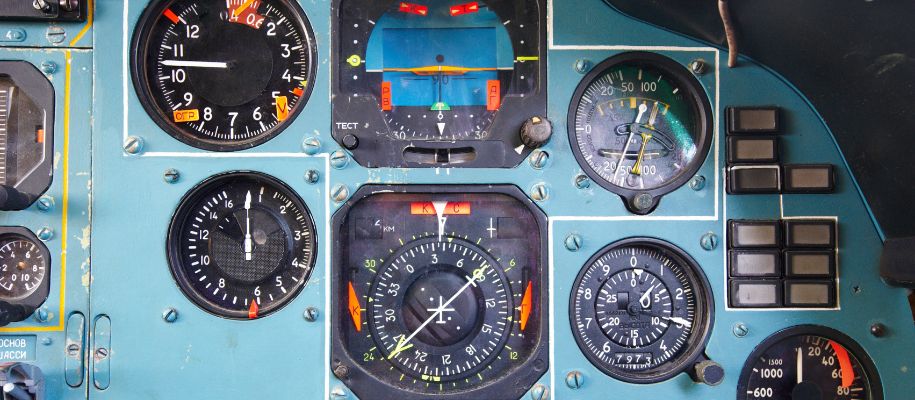
Gyroscopes are essential in aircraft navigation systems. They enable the aircraft to maintain a stable orientation and navigate with precision. Without gyroscopes, it would be extremely difficult for pilots to maintain a stable trajectory and angular acceleration, especially in adverse weather conditions.
Gyroscopes in submarines and ships
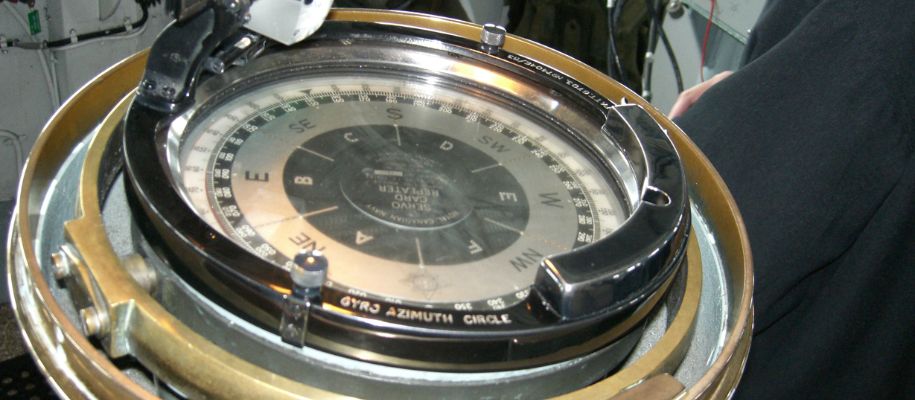
In the maritime field, gyroscopes are used to navigate and maintain the orientation of submarines and ships. They help them to stay on course and navigate with precision, even in the roughest waters.
Gyroscopes in smartphones

Gyroscopes are also used in phones to detect the orientation of the device and enable more intuitive interaction with the user. Whether it’s playing games, taking photos or browsing applications, the gyroscope plays an essential role in enhancing the user experience.
The gyroscope and the gyroscopic effect
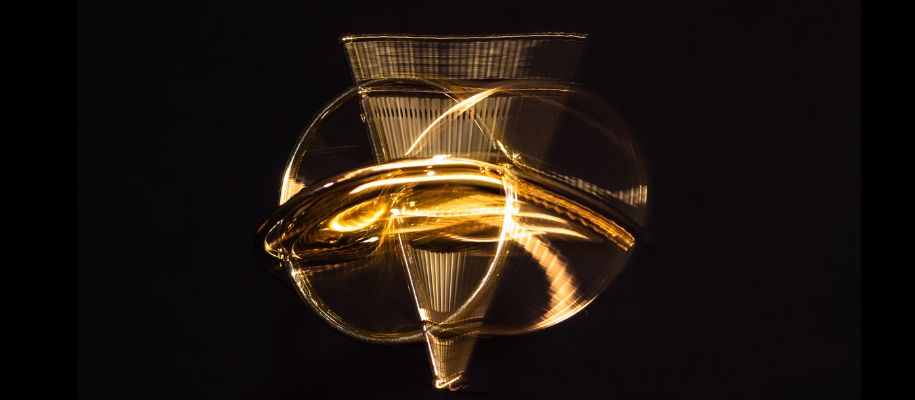
The gyroscopic effect is a physical phenomenon that occurs when a rotating object, such as a gyroscope wheel, resists a force that attempts to change its orientation. It is this effect that allows the gyroscope to retain its orientation, even when subjected to external forces. It is also this effect that is responsible for some of the sensations we experience when riding a motorbike or bicycle.
Why doesn’t the gyro fall?
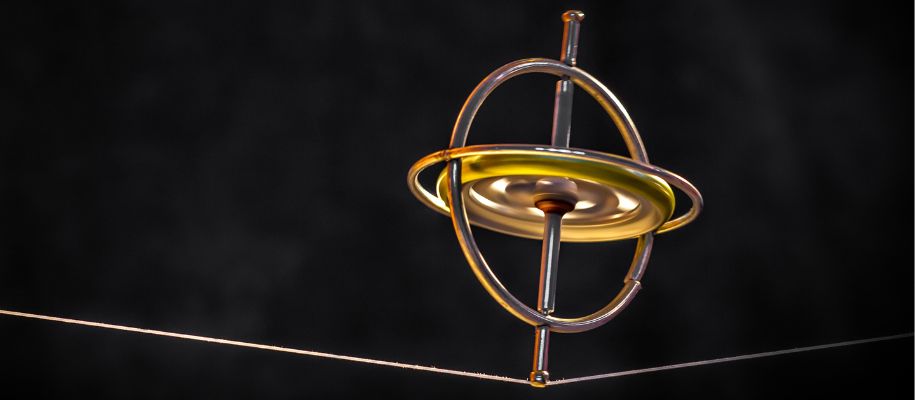
A rotating gyroscope doesn’t fall over thanks to a phenomenon called precession. When a force is applied perpendicular to the axis of rotation of the gyroscope, this causes a precessional movement perpendicular to both the force applied and the axis of rotation. It is this precessional movement that allows the gyroscope to remain in equilibrium. This phenomenon is often demonstrated in physics lessons using a gyroscope.
Conclusion about the gyroscope
The gyroscope is an incredibly versatile device that has found applications in many areas of modern technology. Whether it’s to help navigate a plane, stabilize the image on your smartphone, or even just for the fun of a toy, the gyroscope has proved its usefulness time and time again. It’s a perfect example of how a deep understanding of the fundamental principles of physics can lead to groundbreaking technological innovations.

